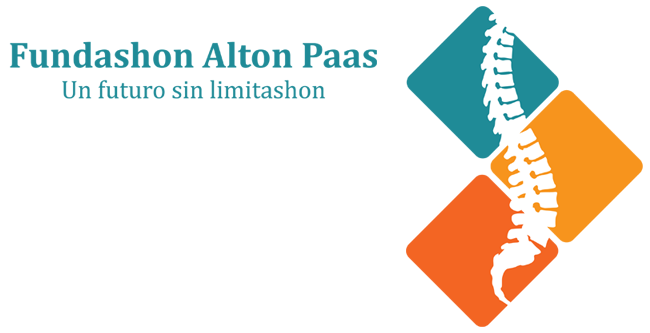It’s official — Scottish para-athletes Karen Darke and Ken Talbot have both set land speed world records, powering a handcycle faster than any human has before at the annual World Human Powered Speed Challenge in Battle Mountain, Nevada.
After a number of runs through the Nevada desert, Darke, 47, who won a gold medal in handcycling at the 2016 Paralympics, topped out at 46.54 miles per hour. Talbot, a former railroad worker who has been handcycling for 10 years, came in at 51.58 mph, the fastest speed that anyone has ever ridden an arm-powered vehicle without the aid of wind or gravity. The previous male and female records for arm-powered vehicles were 45.68 mph and 24.85 mph, respectively.

Even having smashed the old world record, Darke had her own goals, which were thwarted by conditions on the road. “I was aiming for 50 mph but didn’t quite manage,” she says. “It’s meant to be faster on warm evening runs, but I only got to try one of those and it was very windy, non-legal and we had technical problems. I think another week and better luck on a calm evening and I would have got it.”
Darke and Talbot, who both have paraplegia, were on a team from the University of Liverpool that designed the custom handcycle, christened the ARION4. This is the fourth year the ULV Team has competed. In previous years, they broke the British male and female records for leg-powered human vehicles. This was their first attempt at a handcycle. “This record is the culmination of two years of hard work by our engineering students. Their combined passion for engineering and pushing the limits of human potential have resulted in the success of the ARION4 riders,” said Steve Bode, senior lecturer at the University of Liverpool School of Engineering and the project’s lead academic.
 The result of the students’ efforts is an ultralight handcycle engineered to maximize power transfer from rider to road. The handcycle sits inside an aerodynamic shell with no window and no steering. “I never sat in it until a week before I came out here, when I had a few runs on an old runway somewhere near Manchester [England]. So I was on a big learning curve, and it was such a surreal experience to sit in, basically, an egg. It’s very very different to riding a regular hand-bike,” Darke told the Scotland Herald. “The first time I tried it I freaked out. I did go fast, but your senses are completely altered. It is so noisy inside and all you can see is the road on a screen. It’s not the actual road.”
The result of the students’ efforts is an ultralight handcycle engineered to maximize power transfer from rider to road. The handcycle sits inside an aerodynamic shell with no window and no steering. “I never sat in it until a week before I came out here, when I had a few runs on an old runway somewhere near Manchester [England]. So I was on a big learning curve, and it was such a surreal experience to sit in, basically, an egg. It’s very very different to riding a regular hand-bike,” Darke told the Scotland Herald. “The first time I tried it I freaked out. I did go fast, but your senses are completely altered. It is so noisy inside and all you can see is the road on a screen. It’s not the actual road.”

Staff get the Arion 4 ready for a run
The road in question is a stretch of Nevada’s Highway 305 that features a 5-mile acceleration zone. It has no curves nor topography to interfere with the business of going as fast as humanly possible, and the 4,600 feet of altitude reduces wind drag, allowing for higher speeds than would be achievable at sea level. Teams come from all over the world to test the upper limits of human and machine performance.
This is the 19th year that the Speed Challenge has been held, and who knows how many more editions will pass before Darke and Talbot’s records are broken.
Bravo.
Source: New Mobility
